The 11th Orphan Film Symposium took place this year from April 11 to 14, at the Museum of the Moving Image, in Queens, New York. Orphans 11 explored the theme of love with a series of films and talks by a wide range of presenters from around the world. Although every panel was interesting and educational, this post focuses on those related to the efforts of students now completing their NYU master’s degree in Moving Image Archiving and Preservation — the cohort of MIAP ’18.
On the opening night Frannie Trempe and Becca Bender, both 2018 MIAP graduates, presented films they found during their internships.
Frannie started her presentation by telling the audience about her experience interning at the Girl Scouts of USA headquarters in New York City in the fall of 2017. While assessing the organization’s film collection, which had not been touched for years, Frannie found rolls of nitrate and acetate film, which she was able to combine and then presented at Orphans.
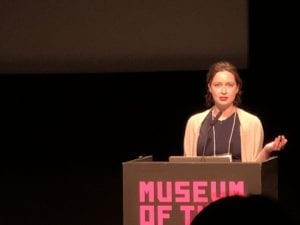
Through extensive research, Frannie was able to determine the footage had been captured at the 4th World Conference for Girl Guides and Girl Scouts in 1926. According to Frannie, “This conference brought together delegates from six continents and 39 countries for a week of speeches, discussions about Girl Scouting practices and cultural exchange—delegates from each country in attendance were responsible for preparing one meal—all in an effort to foster international goodwill.”
Girls Scouts of the USA founder Juliette Gordon Low is also seen in the film.
One of the most interesting aspects of the film is a brief shot of an all-black Girl Scout troop, perhaps the earliest known footage of African American Girl Scouts.
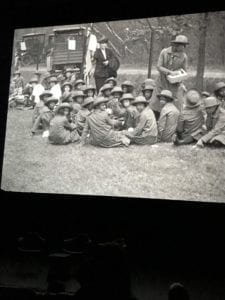
Becca Bender presented films she found while interning at the Lincoln Center for the Performing Arts. One showed Elsa and Albert Einstein in Hollywood in 1931, and the others belonged to Leopold Godowsky Jr. Collection of home movies. Her findings were exciting and have caught the attention of many in the film archiving and preservation community. (Read her notes on the project here.)
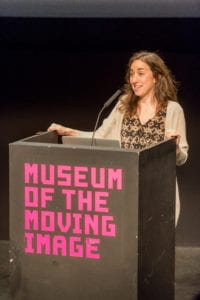
Since her discovery, Becca has been actively working with the Lincoln Center and the Godowsky state to preserve these films.
Erica López, also MIAP class of 2018, worked closely with Andrés Levinson from the Museo del Cine in Argentina in the translation of the rediscovered film La Fiera Domada. Originally released in the United States in 1916 as The Aryan, this shortened re-release (ca. 1923) is part of the Peña Rodriguez Collection at the Museum of Cinema of Buenos Aires.
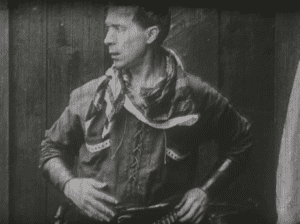
With help from research by Shahed Dowlatshahi (MIAP ’18) and the museum’s team, Andrés presented the film and the background information vital in the contextualization of this piece. (Read Shahed’s notes about this here.)
Ivan Dryer’s Laserimage (1972) was also screened during the 11th Orphan Film Symposium. A new 16mm print of the 11-minute film was made possible thanks to MIAP alumni Kathleen Maguire (MIAP ’08) and Melanie Miller (’17), who wrote a successful National Film Preservation Foundation grant, allowing Laserimage to be preserved in 16mm at BB Optics as part of Bill Brand’s Film Preservation class at NYU. Kathleen, media arts programmer at the Exploratorium in San Francisco, initiated the project after identifying an orphaned distribution print in California. (Read further in my notes here.)
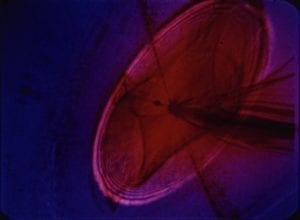
Frame from the new print of Ivan Dryer’s film.